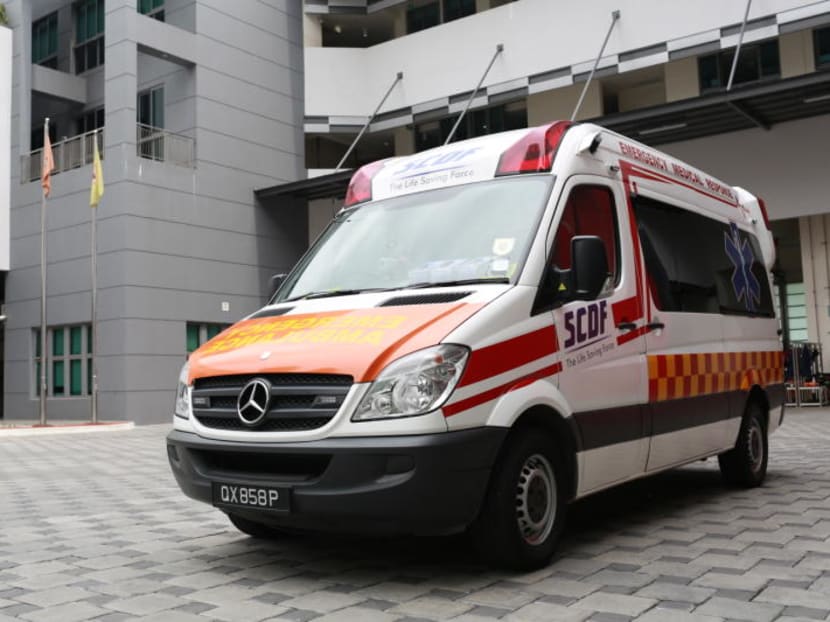SAF medics to be deployed on SCDF ambulances in new trial
SINGAPORE — From September, SAF medics will be deployed on Singapore Civil Defence Force (SCDF) ambulances in a three-month pilot project, said Defence Minister Ng Eng Hen on Tuesday (May 23), noting that the Republic’s medical needs have grown amid an ageing population.
SINGAPORE — From September, SAF medics will be deployed on Singapore Civil Defence Force (SCDF) ambulances in a three-month pilot project, said Defence Minister Ng Eng Hen on Tuesday (May 23), noting that the Republic’s medical needs have grown amid an ageing population.
The move comes after the SCDF announced a new screening protocol for 995 calls to prioritise urgent cases amid a burgeoning caseload.
“The SAF’s (Singapore Armed Forces) primary mission is to defend the nation against external threats, but in the area of emergency care, using SAF medics to respond to civilian medical emergencies is synergistic and mutually helpful,” said Dr Ng, who was speaking at the opening of the Asia Pacific Military Health Exchange.
Under the pilot project, 12 SAF medics — 10 full-time national servicemen (NSFs) and two regular servicemen — will be attached to SCDF ambulances and work closely with SCDF’s medical personnel.
These medics will be certified to have met the same requirements as SCDF medics currently deployed on ambulances.
Dr Ng said the Home Affairs Ministry had projected a 6 per cent increase in calls for ambulances and emergency treatments — thus the need to expand the Republic’s ambulance fleet.
“We do not have a 6 per cent growth in manpower. In fact, we have a reduction,” he said.
With the number of 995 calls rising, the SCDF has started screening cases so that resources are deployed to urgent, life-threatening cases first, departing from the first-come-first-served approach.
Last year, about 50 of these calls received each day involved minor ailments and fake alarms.
Since April, operators answering 995 calls have been armed with a set of questions for 30 emergency medical scenarios, ranging from chest pains to animal bites, to assess how urgent a case is in order to prioritise help.
Cases that require immediate attention continue to have an 11-minute response time target. Those with minor conditions could be asked to seek outpatient treatment or make their own way to the hospital using a private ambulance or other forms of transport.
In his speech, Dr Ng said that investments in military medicine will pay off in better treatment not just for soldiers, but civilians.
He cited the example of ambulances, a common sight during emergencies these days, noting that they were first introduced in the battlefield as vehicles dedicated to transporting injured persons during the wars in Spain near the end of the 15th century.
“History has shown that when care for soldiers is improved, better care for civilians will follow and vice versa. The two fields are mutually reinforcing,” he added.







